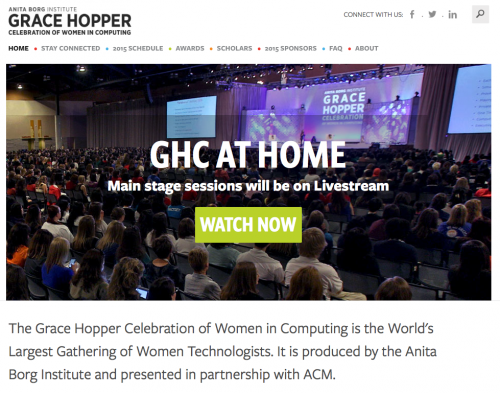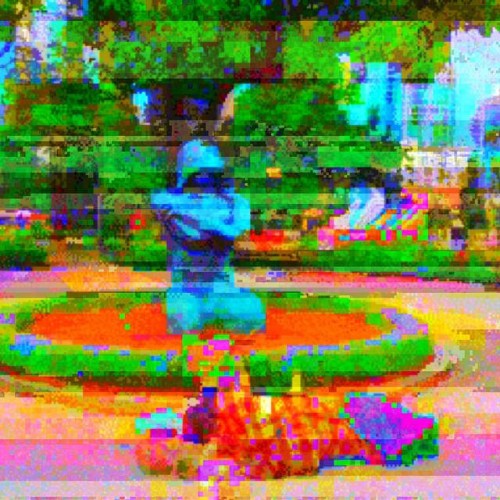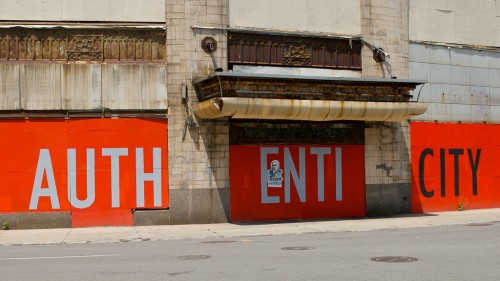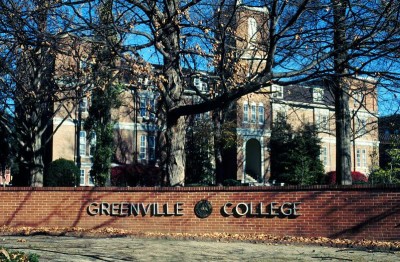This year I was able to attend the Grace Hopper Celebration of Women in Computing for the second time. As only a casual programmer, I am an odd attendee, but the event supports a cause I care deeply about: getting and retaining more women in technology and engineering roles. GHC is an exhilarating mixture of famous keynote speakers, girl power workshops, tech demonstrations, and a “swag” filled career fair. On Day 1 I was definitely into it:
https://twitter.com/Misclanius/status/654294038439292929
But this year, unlike last year, the shiny newness of GHC had worn off a bit, and I started to notice a few things that bothered me. As a mainstream conference, GHC is made palatable to the widest possible audience of women, men, and businesses (because in America, they count as people too!). Being palatable means the conference doesn’t critically engage with many important issues and is therefore open to a variety of critiques. For one, its feminism is of the Lean In© variety, so it doesn’t really engage with the intersection of race, class, and gender [PDF] in tech companies. GHC also supports an, at times, obscene and gratuitous display of wealth, with “The Big Three” of Silicon Valley (Google, Facebook, and Apple) competing to outspend each other putting on the biggest recruitment show. Maybe I have the start of a series of posts on my hands… more...










